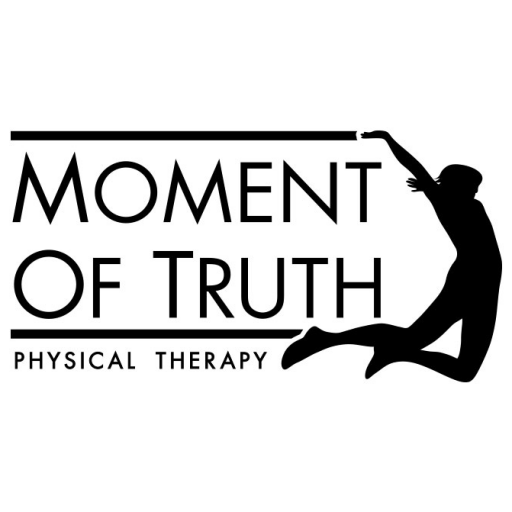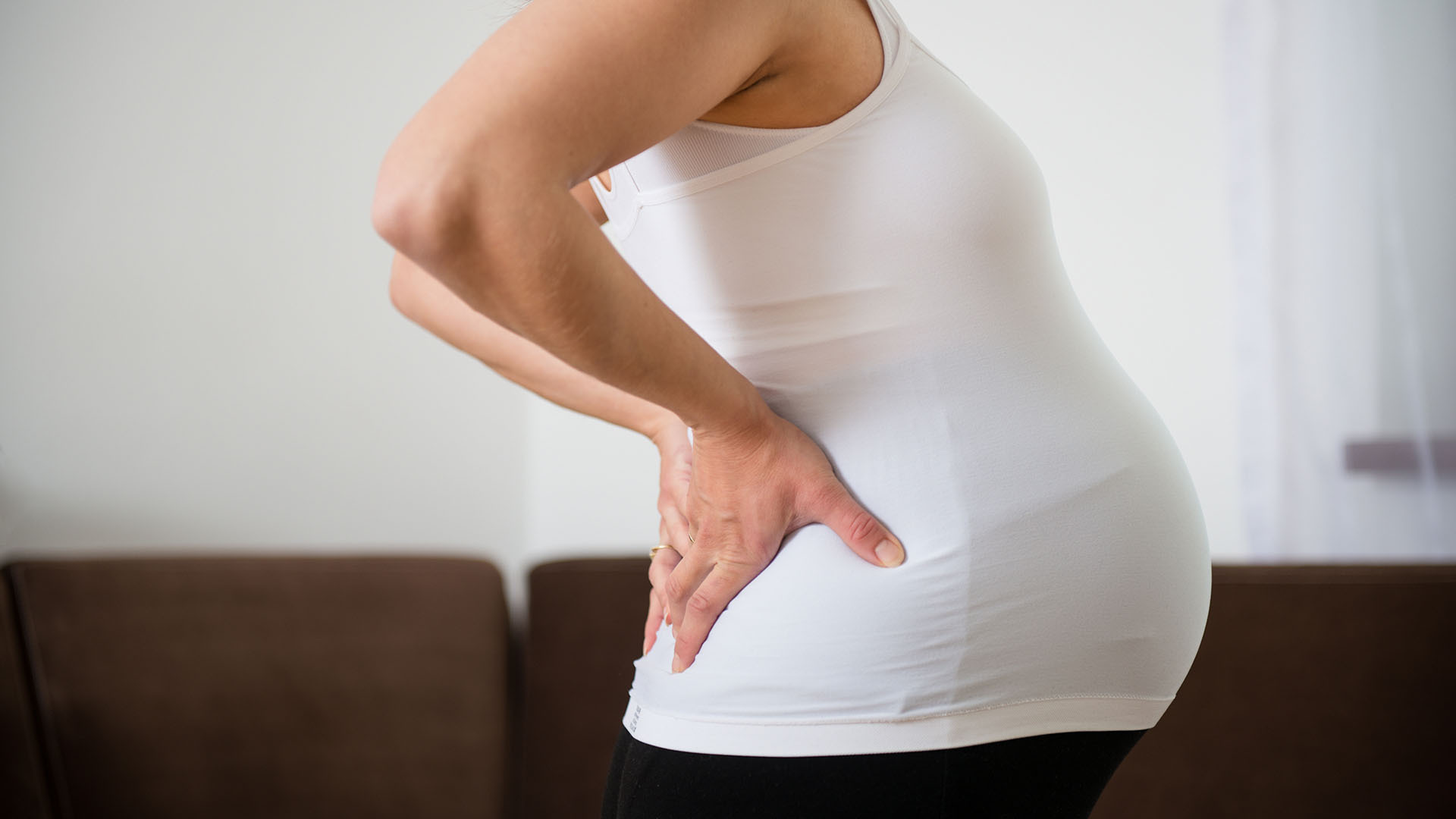Ah, pregnancy. It brings a lot of beautiful results (shoutout to children), but it can also throw expecting mothers for a loop with side effects. Most of us are well-versed in the common ones, like morning nausea, fatigue, and breast changes. But what about some of the side effects happening downstairs?
If pregnancy has ever brought you achy pain in the lower back/butt region, you’re not alone. In fact, it’s estimated that as many as 50-80% of women experience back pain during pregnancy. Most commonly, this is the result of sacroiliac (SI) joint pain. Hard to pronounce, not as hard to fix, so stick with us. Today, we’re talking about sacral pain in early pregnancy. Let’s take a deep dive into what it means, how it can feel, and most importantly, what you can do to relieve it.
What is Sacral Pain?
First things first, get to know your sacrum. Your sacrum is your lower portion of the spine and attaches to the two sides of the pelvis via sacroiliac joints (SI) on either side. The very tip of the sacrum is your tailbone and the upper part of that connects to the lumbar spine. The main role of these joints is to provide support and stability to the rest of your body.
So when people experience sacral pain, it’s typically a result of their SI joint ligaments becoming too tight or too loose, largely in part due to shifting hormone levels during pregnancy. Particularly, one hormone called Relaxin. Its primary purpose is to prepare the body for labor and delivery by literally relaxing your ligaments, joints, and muscles.
For many women, it can feel disheartening to experience early pregnancy sacral pain. You’re not showing yet, the baby is between the size of a peanut to an apricot, but physical pain has kicked in? We get it. It’s largely thanks to the relaxin hormone kicking in overdrive, especially in weeks 12 through 14. But there are exercises we can do to help!
What Can Sacral Pain Feel Like?
Depending on the woman, sacral pain can feel like a few different things. Some patients describe it as a hip pain, but in reality, it’s coming from the lower back to butt area.
On a more severe end of the spectrum, our brains interpret sacral pain to almost feel like paralysis. The sciatic nerve gets irritated in a way that can shoot a pain or tingle down the leg, or cause legs to buckle out from under the body. It can be fear-inducing for anyone!
In other cases, sacral pain can feel like a dull ache or throbbing in the butt and hip area. Most of the time, there is a shift happening throughout the pelvis that causes muscles to spasm and guard, causing the pain. Luckily, the symptoms should resolve quickly, especially if you seek treatment shortly after they begin.
When experiencing sacral pain, take note of which side of the body you’re experiencing the pain. Most commonly, symptoms happen on the opposite side of where the joint tightening is happening. So if you experience pain down the right leg and hip, it’s most likely your left joint that needs treatment.
Who is Most Susceptible to Sacral Pain?
Every woman has Relaxin released in her body during pregnancy, so anyone is susceptible to experiencing sacral pain. Remember that stat we mentioned earlier? As many as 80% of pregnancies experience back pain. So it’s nothing out of the ordinary.
That being said, sometimes these symptoms arise more often in subsequent pregnancies, especially in cases where there’s a shorter time between pregnancies. This isn’t absolute as it’s correlative, not causative. But women on their third pregnancy might experience ligament laxity and achiness sooner than a woman on her first.
Again, this isn’t always the case. It depends on how well a body rehabs between pregnancies, the time between pregnancies, and more.
Exercises for Sacral Pain
Now that you’re a sacral pain expert, let’s get into ways you can fix it! The biggest thing you can do is keep your hips flexible so there’s not as much torque in the sacral joint. If your hips are flexible, it can help relieve tension in the lower back and, in turn, relieve pain in the sacral area.
Keep in mind the quicker you get treatment after the onset of symptoms, the fewer sessions you’ll need to correct. Whether it’s physical therapy, a chiropractor, or a massage, there are courses of action you can take to get your body back into a more centralized-feeling alignment and onto a smoother (pain-free) pregnancy.
Here are some home exercises you can try to help!
#1: Strength Exercise
Promote symmetry and stability in the hips and core by doing the following exercises three to four days a week. Start by doing one set of 10 reps each, then build up to three sets of 10 as you gain strength.
Bridges
Squats to a chair (Level 1)
Squats to a chair (Level 2)
#2: Flexibility Exercise
Promote flexibility in the hips to better control tightness by doing the following exercises daily. Start by holding the pose for 60-90 seconds, until you feel the body soften, two to three times on each side.
Seated Figure four
If You Need Help, Seek It!
Pregnancy is a wild experience. Whether it’s your first or 10th, your body can experience different symptoms each time, leaving you wondering “Is this normal?” and “Do I need a doctor for this?” When in doubt, reach out. Moment of Truth is always here to help get you on the right track to success.
So if you’re experiencing sacral pain, schedule a consultation with us. We’ll get you feeling better in no time.


0 comments